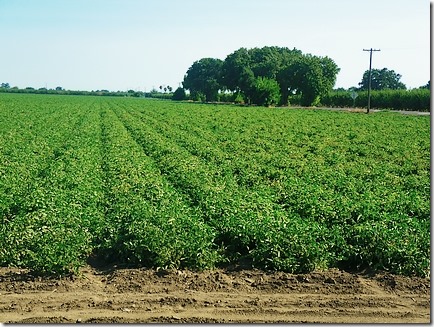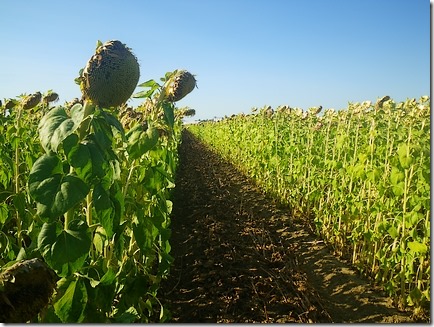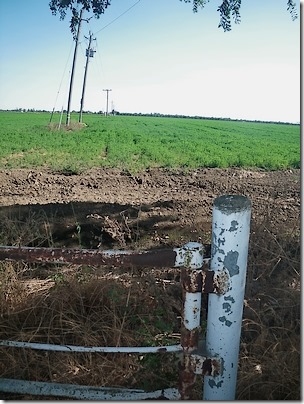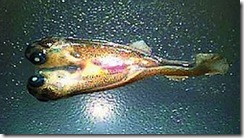That casual dinner conversation where you were introduced as … “likes to fish”, which you hastily amended to “likes to fly fish”, given how you felt it necessary to separate yourself from the lawn chair crowd …
You knew how odd your pastime was going to sound to the uninitiated, as you’d explained the attraction many times, and as the passion rose in your voice and the crowd began to edge away, you realized how weird and unfathomable standing in cold water willingly must sound.
Especially when you added the mating rituals of bugs and how you have to scrub your prophylactic breathable condom so you can contain its contagion to the current watershed and none other …
Sure they looked at you funny, mostly because you lost them at “eighty dollar chicken hackle” … and they started to backpedal when you sprayed spit discussing the Southern California water lobby, and when they heard you spend a thousand dollars on a fishing rod, realized the hostess’s Broccoli Dip was exceptional – and how they’d better get more before it simply vanished …
Now the Worm turns, and I put you in their shoes, offering three simple pictures to you, the uninitiated, to illustrate their plight …

Behold the grandeur that is California’s Central Valley, the eleventh largest economy in the World, producer of a third of all produce served in the United States. I call it home (of a sort) fish every unloved brown rivulet it contains, and is a world completely foreign to the rest of you “fly fishermen.”
Above, behold tomatoes …

Sunflowers …
… and alfalfa …
Imagine yourself whizzing by enroute to some high dollar, high elevation venue featuring noble salmonids, greasy roadside breakfast fare, Spartan camping, and containing real dirt and frequented by real wild animals. This is the rich adventure worthy of holding the office crowd spellbound at Monday’s coffeepot recital …
Assume there’s more to those pictures than meets the eye, and as you shuffle your Chardonnay from one hand to the other, consider they might contain a world of information known only to us sweaty fat guys whose footprints soil these sordid watersheds …
The question: From the above, What can you tell me of the local fishing, and should you suit up (assuming your car broke down) and go fishing ?
Like your audience struggled when you mentioned denuding rare songbirds, and letting all your catch go – now you can take a few strides in their shoes.
Assuming it’s going to 103 by afternoon, and we’re showing you pictures of aquatic insects and discussing mating habits of their winged variant, what can you tell me of the below snapshots?

Sunflowers again, no beehives and the rows of males mown to remove them from the harvestable females …

More tomatoes, whose leafy greens are turning to rust …

… and almonds.
Question: With this new three, and armed with a brief treatise on Latin, and still smarting from the mating habits of bugs and the thousand dollar “buggy whip”, (doesn’t our hostess’s Broccoli dip looks so much more inviting?) what about the fishing now – and why now versus earlier?
Simple. Water.
In the first three, the diversion ditches are lipping full due to the pumps drawing from either groundwater or the river, most everything else is being siphoned into canals to feed distant and dry land, and the river is a memory as its gone due to irrigation. If it’s 103 out the river is lifeless as it doesn’t contain enough water, is hellish warm and the fish are alternating lethargic or panting.
In the second three, the water has been turned off to allow crops to ripen for market. The female sunflowers will dry completely in place, the tomato fields are turning rust-colored due to the shrinking foliage and exposure of ripening red tomatoes, and the irrigation sprinklers have been pulled from the almond orchards, with no trace of their passing.
The diversion ditches are bone dry, the pumps are silent, and the river is full of lukewarm water and fish with roman noses possessing great appetites for flies. The 103 degree temperatures are shrugged off as there’s ample depth of water to absorb the heat without it removing the oxygen.
… and in pausing for breath I note the queue at the dip bowl and the nervous glances of those just out of earshot …


 With all the hormones in the water column you’d think us old guys and our yen for little blue pills would be able to pee a little stability into native Brook Trout populations, at least enough to overcome the ill effects of global warming …
With all the hormones in the water column you’d think us old guys and our yen for little blue pills would be able to pee a little stability into native Brook Trout populations, at least enough to overcome the ill effects of global warming …
 The Good News is what we’re pissing into the creek isn’t killing fish outright, rather all that runoff from wastewater treatment containing our prescribed anti-anxiety, lowered cholesterol, blood- thinning stimulants, merely make them giggle watching Mom struggle with a faceful of your artificial …
The Good News is what we’re pissing into the creek isn’t killing fish outright, rather all that runoff from wastewater treatment containing our prescribed anti-anxiety, lowered cholesterol, blood- thinning stimulants, merely make them giggle watching Mom struggle with a faceful of your artificial … Most are chum or pink salmon, and source from Southern Alaska, part of the the salmon rich area known as the “Tongass 77”, seventy-seven watersheds within Southeast Alaska that combine to produce nearly 28% of that state’s Pacific Salmon harvest.
Most are chum or pink salmon, and source from Southern Alaska, part of the the salmon rich area known as the “Tongass 77”, seventy-seven watersheds within Southeast Alaska that combine to produce nearly 28% of that state’s Pacific Salmon harvest.


 There’s nothing better than Science that fits a puzzle piece exactly into an odd shaped void of unexplained phenomenon, making our lives that much more meaningful …
There’s nothing better than Science that fits a puzzle piece exactly into an odd shaped void of unexplained phenomenon, making our lives that much more meaningful …
